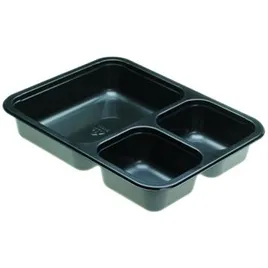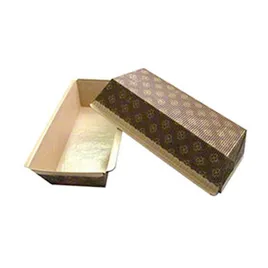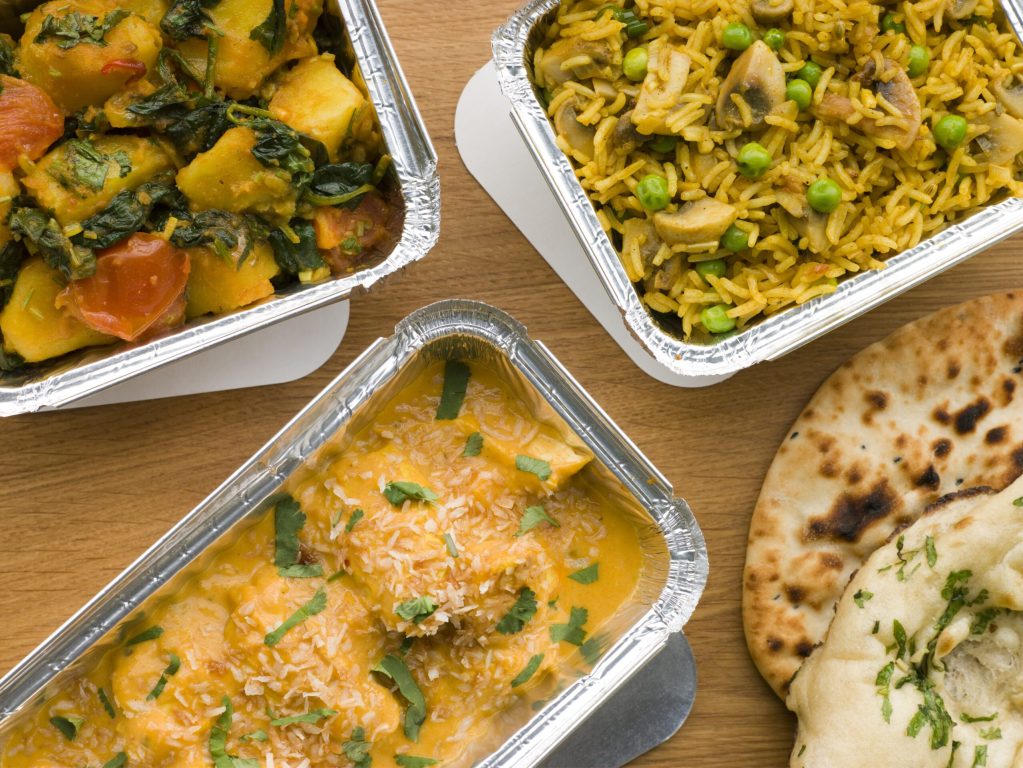In the midst of the Coronavirus Pandemic, take-out, delivery, and home-meal replacement options have never been more popular.
Take-out and delivery skyrocketed when dine-in and social distancing restrictions were put into place at the beginning of the pandemic. However, even now, as restrictions have since loosened, off-premise dining options remain in high demand.
In some cases, consumers still don’t feel safe returning to indoor dining, but they desire their favorite meal. They may also want to support their favorite foodservice establishments without having to spend a lot of time inside, so to-go options make this possible.
Similarly, cafeterias and dining halls are trying to shorten the length of time students or guests are spending inside and are offering grab-and-go to limit germ spread and the risk of an outbreak.
As a result, to-go options have become the norm.
In an earlier article, Microwave Safe Containers: A Business’ Guide [VIDEO], we discussed the importance of selecting the right disposable container for to-go meals so that you can ensure your guests have the same experience at home as they would at your establishment.
If you’re serving oven-ready hot meals, or dishes you’ll need disposable containers that allow food to be prepared, stored, transported, and reheated via oven, all in the same container.
By using ovenable containers, your guests won’t have to worry about transferring their meal to other containers, potentially risking unnecessary messes or hurting food presentation.
Additionally, oven-safe containers also help increase the efficiency of your to-go operations, which is especially important given the rising trend in takeout. With oven-safe containers, you can easily cook your meals in them and move them right to the display or heated rack for your guests to pick up for at-home consumption. As a result, there will also be fewer dishes for your staff, making the dishwashing process more efficient.
Packaging grab-and-go meals in these containers will help your guests have less prep and clean up time at home.
Are takeout containers oven-safe?
Ovenable takeout containers are made from a variety of materials like paperboard, CPET plastic, and aluminum, all of which can handle high heat.
It’s important to understand that not all to-go containers are oven-safe.
In general, to be oven-ready, a food container should have a temperature tolerance of at least 400 degrees Fahrenheit.
Similar to microwavable takeout containers, ovenable containers are specifically designed for high heat applications. Containers that are not designated oven-ready, or for high heat applications, should never be put in the oven. In short, they can melt or start a fire, causing injury and damages.
How do I know if a takeout container is oven-safe?
Your container should state that it is oven-ready. You can look for either a picture of an oven or the temperature range printed on the bottom of the container.
If you can’t determine if the container is safe for the oven, contact your supplier before using it in the oven to avoid possible injury and damage.
So, what containers are oven-safe?
Below, we’ll review the most popular disposable take-out containers that are oven-safe by the material type.
Are plastic food containers oven-safe?
It depends. There are several different types of plastics, and most resins are not oven safe. However, there is one type of resin that is oven safe.
Ovenable plastic food containers are typically made out of:
- CPET (Crystallized Polyethylene Terephthalate)
CPET (Crystallized Polyethylene Terephthalate)
CPET is made from #1 plastic that has been crystallized to increase its temperature tolerance.
It can typically withstand temperatures between 32 degrees Fahrenheit (F) and 400 degrees F. As a result, CPET is safe to use in the oven up to 400 degrees F.
CPET is generally used for baking pans, trays, and containers.
Advantages of CPET (Crystallized Polyethylene Terephthalate)
- CPET is curbside recyclable and can go right into the recycle bin after being washed.
- Safe for use in the microwave and the freezer.
- These food containers can be reused.
- Dishwasher safe.
Disadvantages of CPET(Crystallized Polyethylene Terephthalate)
- CPET is the most expensive ovenable container option that we review.
- When using CPET, never preheat the oven to more than 400 degrees Fahrenheit. CPET trays can melt if used in temperatures above 400 degrees. If the container melts it can leach into food products causing illness, burn the user, and/or damage the oven.
Can you put paper containers in the oven?
Similar to plastic, there are many different types of paper containers. Not all are safe for use in the oven.
If you are looking for an ovenable paper container, it should be:
- Paperboard
Paperboard
Paperboard is an environmentally friendly option because of its manufacturing process. In most cases, paperboard is sustainably sourced and it can be made from 100% recycled material. It can be used for take-out trays, containers, cups, pizza trays, and loaf pans.
Paperboard has the most expansive temperature range from -40 degrees F to 400 degrees F.
It is also less expensive than CPET.
Advantages of Paperboard
- Can be purchased with a thin extruded polymer or PET coating to create a non-stick, grease-resistant liner.
- Paperboard is also microwaveable and freezer-safe.
Disadvantages of Paperboard
- Paperboard products typically for a maximum 60-minute time restraint at which they can be exposed to 400 degrees Fahrenheit.
- Coated paperboard can not be recycled.
Can you put foil food containers in the oven?
Foil food containers typically refer to containers made from aluminum.
Aluminum is oven-safe. It has a temperature tolerance of -20 degrees F to 400 degrees F.
It is most commonly used for to-go trays and containers.
Aluminum is less expensive than CPET but similar in price to paperboard.
Aluminum
Advantages of Aluminum Containers
- Disposable aluminum containers are safe to be put in the freezer.
- Foil containers are recyclable after being washed.
Disadvantages of Aluminum Containers
- It is not safe to be put in the microwave. Aluminum can spark, causing fires, microwave damage, and consumer injury.
- Aluminum has sharp edges when compared to the other takeout container options and could potentially harm users.
Final Thoughts
If you plan to use the same container to prepare, store, transport, and serve your guest’s hot meals for at-home consumption check that they are oven safe.
There are several different types of disposable takeout containers, and it can be hard to know which is safe.
If you are not sure if the container you are currently packaging your food in is ovenable, check the product to see if it is labeled, “oven-ready.” Remember, not all products will state whether they are oven-ready. If this is the case, check with your supplier.
Additionally, keep in mind that temperature tolerance and product usage guidelines for certain materials can and will vary by manufacturer.
If you’re located in the United States, Puerto Rico, the Caribbean, or Canada, Imperial Dade locations can supply your facility’s foodservice takeout container needs. Reach out to us today!
Check Out These Related Articles:
- Microwave Safe Containers: A Business’ Guide
- What are the Different Plastic Recycling Codes? (Examples & Disposal)
- How Coronavirus Has Changed the Dining Industry: Top Trends in Foodservice Today
- Loose vs Dispensed Cutlery: How to Reduce Disposable Cutlery Usage By 29%
- Comparing Different Types of Disposable Cutlery
- How Will the Plastic Bag Ban Affect Your Business?
- The Best Alternatives To Single-Use Plastic Bags For Your Business
